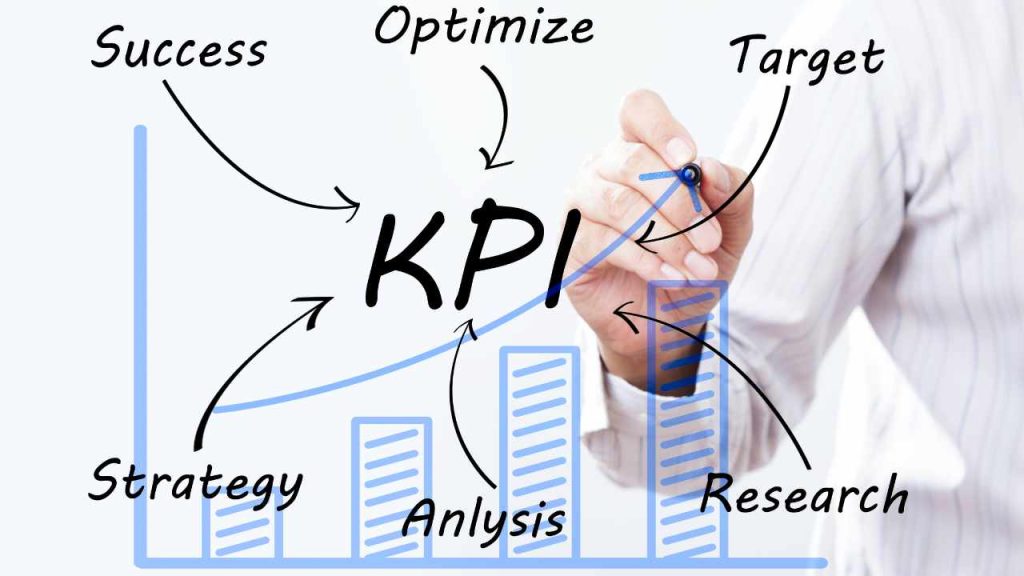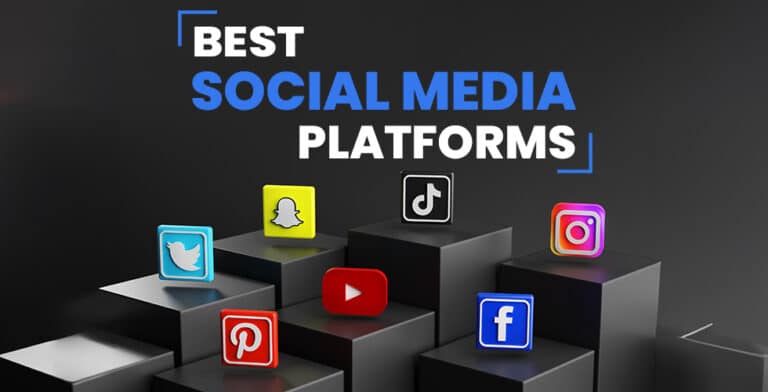Performance marketing and digital marketing are two terms often intertwined. But is growth marketing the same as performance marketing? Well, even though there are some commonalities, there are some notable differences as well.
- Growth marketing is a long-term strategy that aims to grow a business by providing value to customers and experimenting with new approaches. It covers all stages of the marketing funnel.
- Performance marketing is a short-term strategy aiming to optimize ROI by driving clicks, conversions, or sales. It functions best at the bottom of the marketing funnel.
What Is Growth Marketing?
Growth marketing is a holistic marketing strategy that covers every step of the customer journey. It works on optimizing the AAARRR funnel also called the “6 Levers of Growth”, unlike traditional marketing that mainly focuses on getting website visitors and leads.
Airbnb’s marketing strategy is a great example of growth marketing because the company has used a variety of strategies to acquire and retain new users. These strategies include offering a referral program, producing high-quality content, being active on social media, and collecting email addresses to stay in touch with users. Airbnb’s focus on customer acquisition and retention has helped it to become one of the most popular travel booking platforms in the world.
What Is Performance Marketing?
Performance marketing is a form of online marketing and advertising in which advertisers are charged only when a specific action takes place. This action could be anything from generating a lead or making a product sale to clicking on an article or any other user-driven activity. Essentially, payment is tied to actual results achieved.
A great instance of performance marketing is affiliate marketing, where marketers adopt a performance-based model. Affiliates earn a commission for driving sales or leads to a merchant’s website. This could involve influencers’ proAR products on social media or bloggers including affiliate links in their blog posts to generate results based on their performance.
Growth Marketing and Performance Marketing Differences
Now that you have gained a clear understanding of how performance and growth marketing operate, let’s delve into the intricacies that set them apart.
KPIs and Focus
In growth marketing, KPIs are linked to big-picture revenue goals. The focus is on metrics that contribute to sustainable revenue growth, such as quarter-over-quarter (QoQ) growth rate, customer acquisition costs, and churn reduction. These KPIs provide a comprehensive view of the marketing efforts’ impact on the business’s overall success.
Performance marketing KPIs are often campaign-specific and narrowly focused on immediate metrics, such as clicks, impressions, and conversions. While these metrics provide quick feedback on campaign performance, they may not reflect the overall impact on the business’s long-term growth.

Payment and Control
In growth marketing, the payment model is not solely based on individual performance actions. Instead, the focus is on achieving big-picture revenue goals. This approach allows for greater control over marketing activities and emphasizes long-term outcomes rather than short-term metrics. Growth marketers rely on key performance indicators (KPIs) across the customer acquisition pipeline to identify areas with the most potential, prioritize the right activities, and create a lasting impact on sustainable growth.
The defining characteristic of performance marketing is that businesses only pay for marketing activities when specific pre-defined actions are completed. This payment for performance allows businesses to directly link marketing efforts to measurable results and track the effectiveness of different channels. While this approach helps manage costs, it also means that the impact on growth is limited to the duration of the performance campaign.
Tactics and Channels
Growth marketing adopts a flexible approach, employing various tactics and channels based on specific goal settings. Some common tactics include publishing relevant blog posts with engaging CTAs, implementing search engine optimization (SEO) and keyword research, leveraging email marketing, targeting customers based on past behavior, sharing content on multiple social media platforms, and creating lead magnets for high-impact web pages.
Performance marketing relies on paid strategies like paid social media campaigns, sponsored content, affiliate marketing, and SEO. Tactics include native advertising that aligns with the publication’s context, sponsored content created by influencers or brands, affiliate marketing through influencers promoting products, and social media advertisements using posters, video content, and animated designs.
Metrics and Goals
The primary aim of growth marketing is to achieve higher growth rates for the company. Key metrics include website traffic from various channels, marketing-qualified leads, sales-qualified leads, email metrics, SEO metrics (domain authority, rankings, etc.), churn rate, upsells, cross-sells, and revenue metrics through current customers, referrals, case studies, and testimonials.
Performance marketing measures success through metrics like Return on Ad Spend (ROAS), Return on Investment (ROI), Cost per Impression, Cost per Click, Cost per Lead, and Cost per Acquisition. The goal is to optimize paid efforts to achieve measurable results, including sales growth and customer acquisition.
How To Use Growth and Performance Marketing For A Business’s Marketing Strategy?
When devising a marketing strategy for your business, considering growth marketing and performance marketing is crucial. Two important factors to consider are the stage your company is in and your goals for the next 3-5 years.
Growth Marketing
- Ideal for Early-Stage Companies: If your company is in its early stages and has a solid product that fulfills a unique need in the market, growth marketing is a better fit. It focuses on optimizing and building for sustainable growth, looking at all angles of company growth beyond mere impressions, clicks, and downloads.
- Execution with Data and Experiments: Growth marketing teams execute strategies based on data and experiments, identifying what drives growth for the company and aligning goals with specific metrics. The approach revolves around making customer acquisition a profitable endeavor.
- Holistic Customer Journey: Growth marketing emphasizes qualifying leads and nurturing them through the buyer journey, understanding that building awareness, converting customers, and preventing churn are essential components of success.
Performance Marketing
- Higher Budget Requirement: Performance marketing typically requires a higher budget and expertise in using necessary platforms. While outsourcing to marketing firms is an option, it can be more expensive, and their approach often centers around “spending more to get more.”
- Transactional Focus: Performance marketing is transactional in nature, emphasizing immediate results and conversions. It works well as part of a larger marketing team and strategy, where specific actions can be optimized for measurable outcomes.
- Limited for Early-Stage Companies: For early-stage companies seeking to build awareness, engage, and ensure long-term success, performance marketing alone may not be the ideal solution. It is more suitable as one facet of a comprehensive marketing approach.
However, many times you don’t even have to choose between growth marketing and performance marketing. You can both approaches in your digital strategy. Performance marketing can deliver the much-needed short-term results, while concurrently laying the foundation for long-term revenue growth through growth marketing tactics. By leveraging both approaches in your digital strategy, you can strike a balance between immediate impact and sustainable growth.





